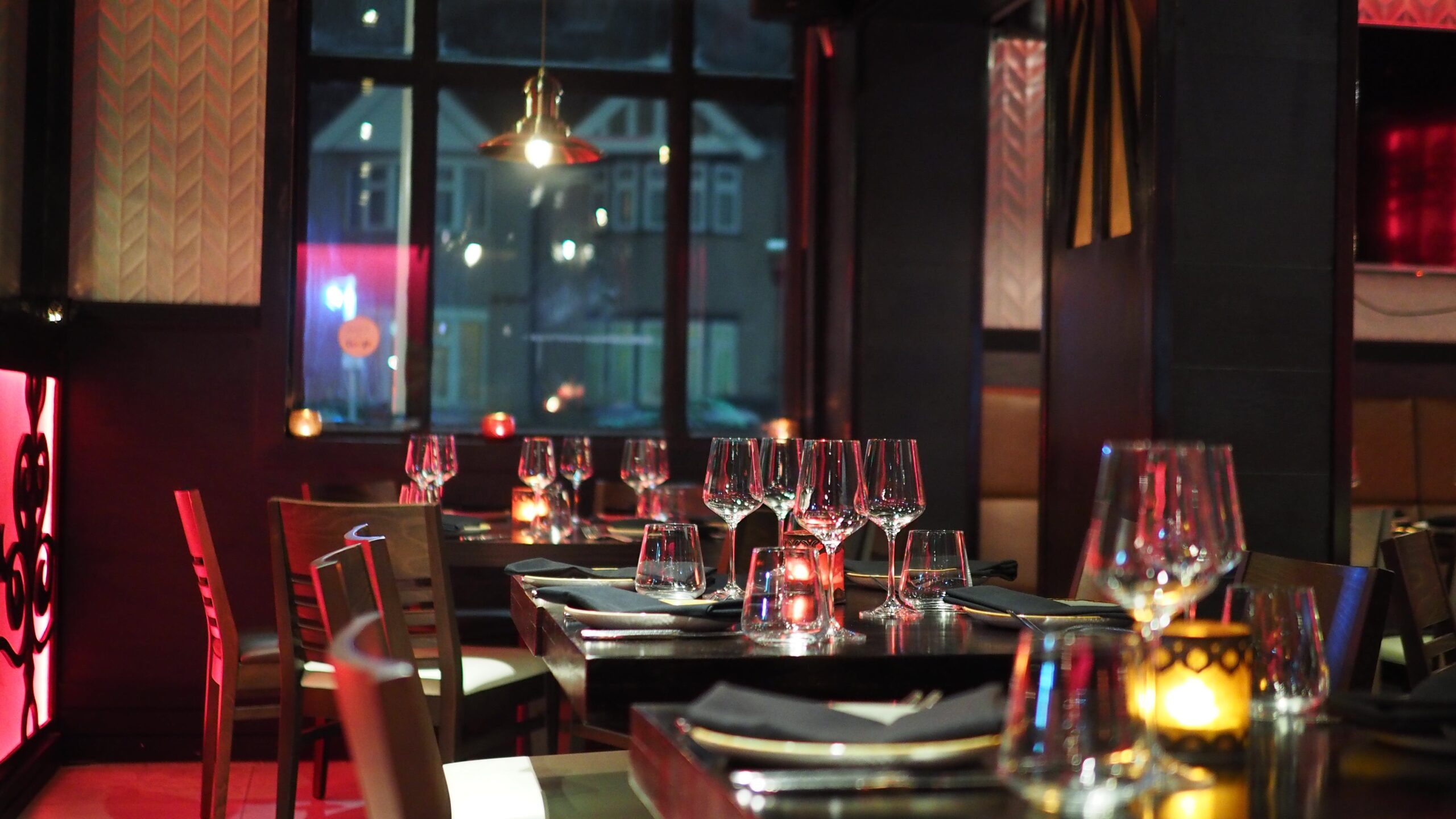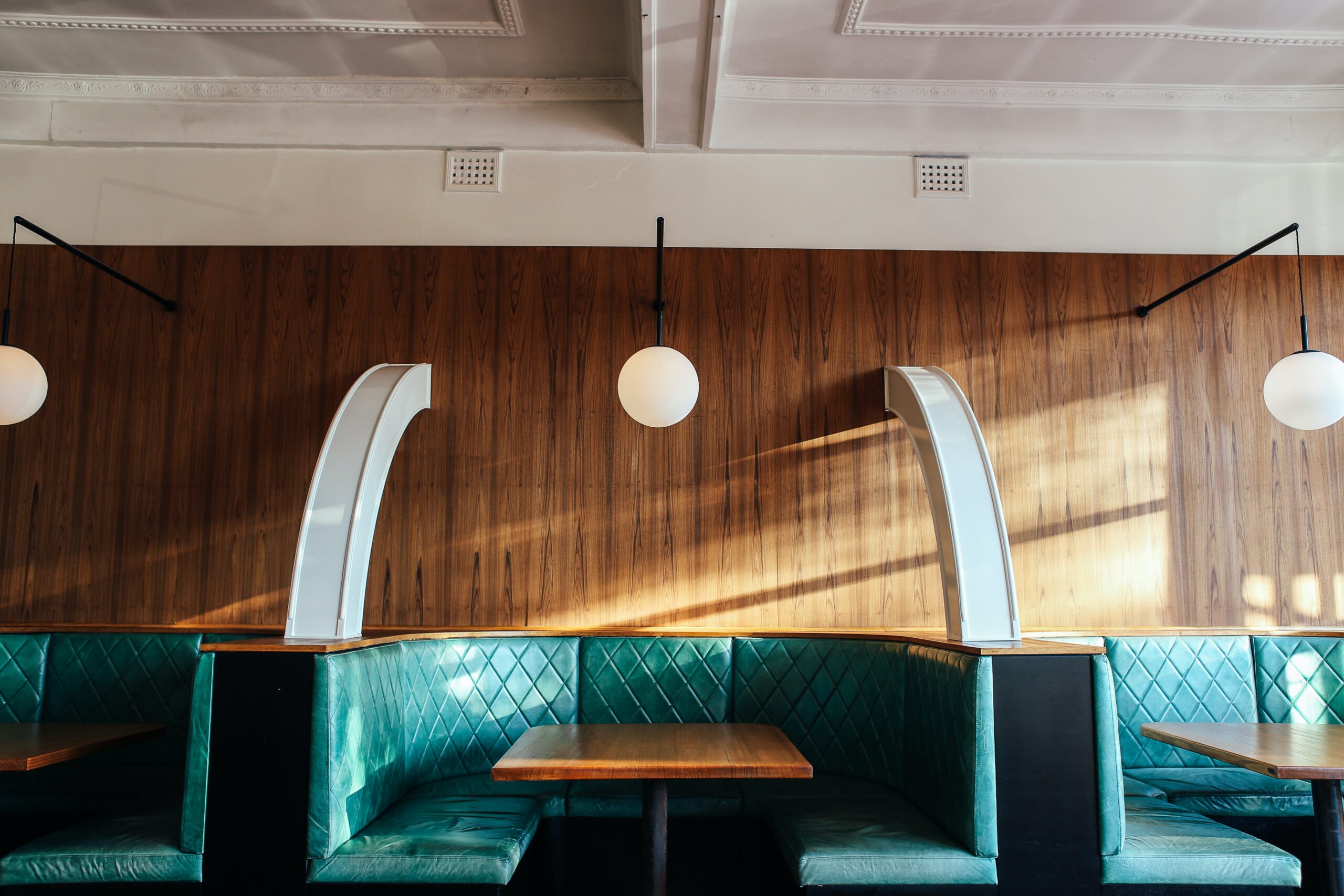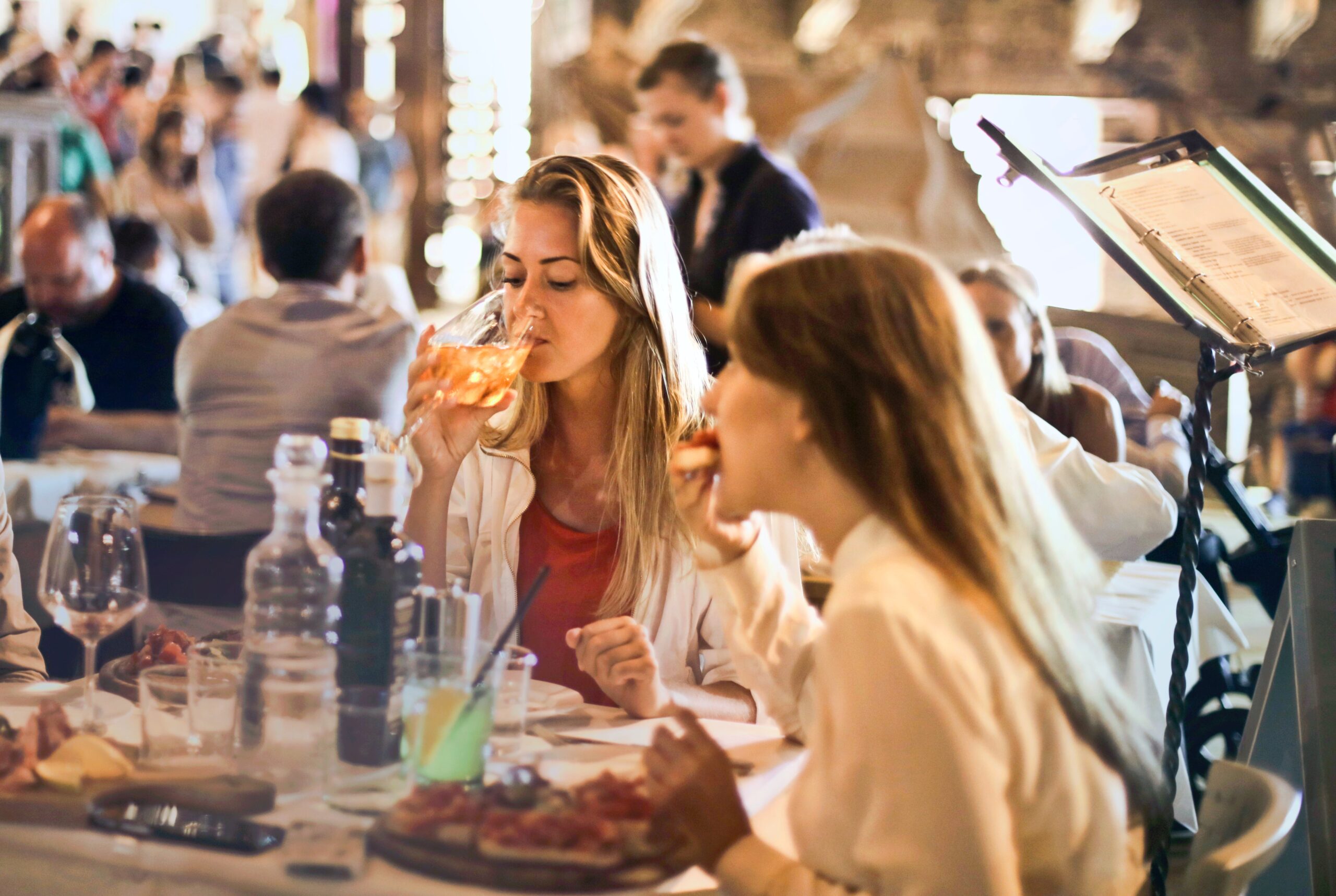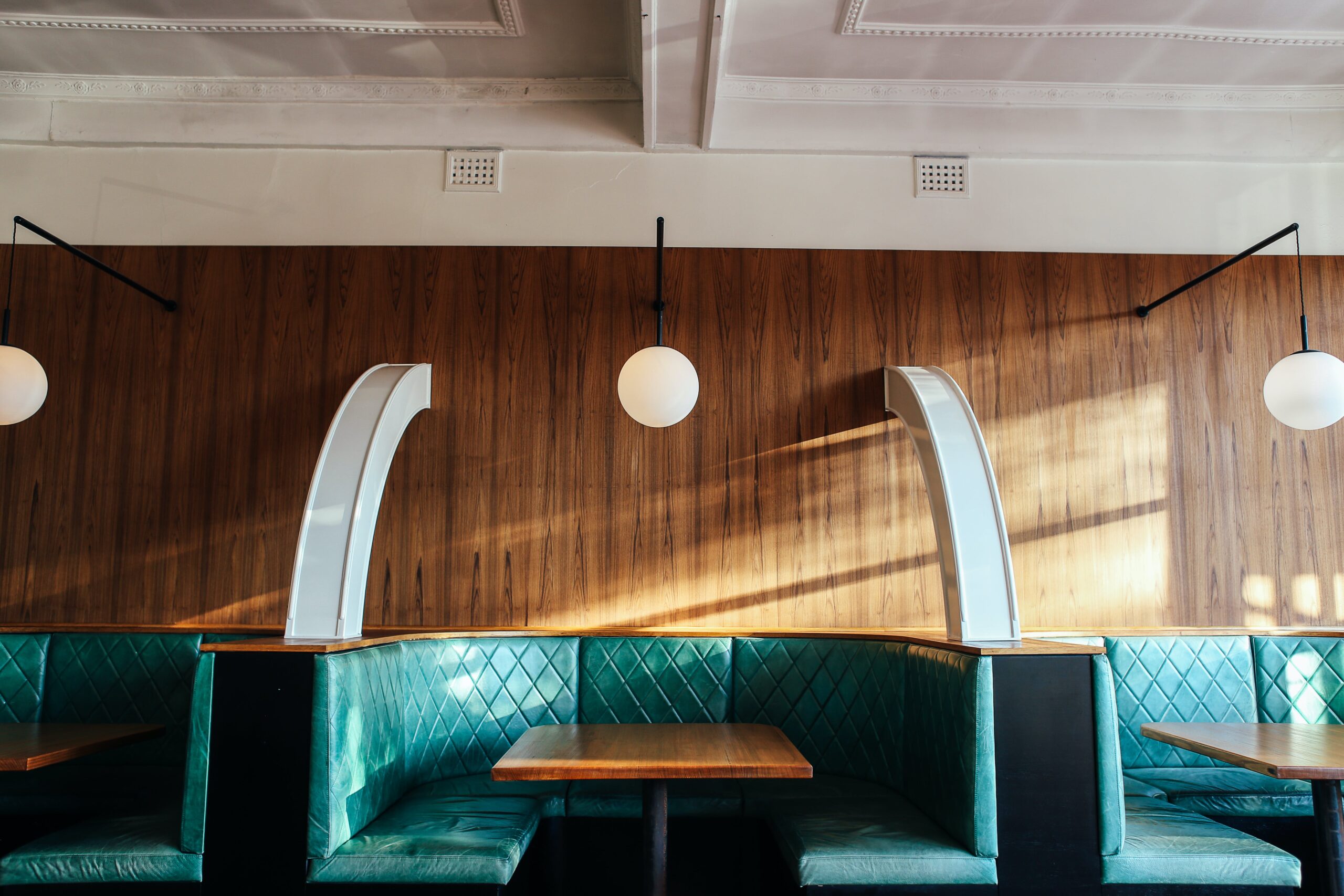Indulge in the mouthwatering world of American diners, where greasy spoons and comforting cuisine reign supreme. At Tastepan.com, we invite you to explore the fascinating legacy of these quintessential eateries and immerse yourself in their rich history. From hearty breakfasts served all day to classic burgers and milkshakes, American diners encapsulate a unique and beloved culinary experience. Join us as we celebrate the enduring charm of these establishments and the nostalgia they evoke. Get ready to satisfy your cravings and embark on a culinary journey like no other.
The Origin and Evolution of American Diners
American diners have a rich history that dates back to the late 19th century. These establishments were initially known as “lunch wagons” or “night lunch wagons” and were horse-drawn carts that served food to late-night revelers in urban areas. As their popularity grew, these carts transformed into stationary structures and eventually evolved into the classic American diners we know today.

The Rise of Greasy Spoons
In the early 20th century, diners began to emerge as a popular dining option for blue-collar workers and travelers. These establishments were often referred to as “greasy spoons” due to their no-frills atmosphere and hearty, affordable fare. The diners catered to those looking for quick and satisfying meals, serving up dishes like burgers, pancakes, and hearty sandwiches.
Diner Architecture: From Train Cars to Stainless Steel
One of the defining features of American diners is their unique architecture. Many early diners were converted from old train cars, with their elongated shape and distinctive windows. As the popularity of diners grew, purpose-built structures were constructed, often featuring stainless steel facades that exuded a sense of nostalgia and charm. The glittering exteriors and neon signs became iconic symbols of American diners.

Diner Lingo: The Language of the Grill
Another intriguing aspect of American diners is the unique lingo used by the staff. Diner slang, also known as “grill lingo,” developed as a form of shorthand for efficient communication in the fast-paced diner environment. Terms like “Adam and Eve on a raft” (two poached eggs on toast), “burn one, take it through the garden” (hamburger with lettuce, tomato, and onion), and “Joe” (a cup of coffee) became part of the diner lexicon, adding to the charm and authenticity of the dining experience.
The Allure of the Counter
One of the distinguishing features of American diners is the counter seating. Positioned along the length of the diner, the counter allows patrons to sit side by side, fostering a sense of community and camaraderie. Sitting at the counter gives diners a front-row seat to the hustle and bustle of the kitchen, allowing them to interact with the staff and experience the magic of diner cooking firsthand.

Classic Diner Menu Staples
American diners are known for their classic menu staples that have stood the test of time. These comfort foods, often made from scratch, evoke a sense of nostalgia and warmth. Diners are renowned for their juicy burgers, fluffy pancakes, crispy bacon, and creamy milkshakes. Other beloved dishes include meatloaf, grilled cheese sandwiches, and homemade pies. These hearty and satisfying meals have become synonymous with the American diner experience.
Regional Variations in Diner Fare
While classic diner staples can be found across the country, regional variations add diversity and local flavor to the diner landscape. In the Northeast, diners may serve New England clam chowder or pastrami sandwiches. In the Midwest, hearty meat and potato dishes are prevalent, while in the South, diners showcase southern comfort food like fried chicken and biscuits. Regional variations make every diner experience unique, offering a taste of the local culinary traditions.
Adapting to Changing Times: Diners in the Modern Era
Over the years, American diners have had to adapt to changing times and shifting dining preferences. Many diners now offer healthier options on their menus to cater to health-conscious customers. Vegetarian and vegan dishes, salads, and gluten-free options have become more prevalent. While traditional diners still thrive, some have embraced modern aesthetics and trends, incorporating sleek designs and contemporary menu items to attract a new generation of diners.
Diners as Cultural Icons
American diners have become cultural icons, representing a bygone era and embodying a sense of Americana. They have been featured in numerous films, TV shows, and literature, becoming a symbol of nostalgia and a reflection of American society. Diners are often associated with a sense of community and a gathering place for individuals from all walks of life, fostering a feeling of inclusivity and shared experiences.
The Enduring Appeal of Comfort Food
One of the main reasons American diners have stood the test of time is their ability to provide comfort through food. In today’s fast-paced world, diners offer a sanctuary where people can enjoy a hearty meal reminiscent of home-cooked goodness. The comfort food served in diners satisfies not only physical hunger but also a deep emotional longing for familiarity and nostalgia. It’s this enduring appeal of comfort food and the warm ambiance of diners that has made them an integral part of American culture.
In conclusion, American diners have a rich history that has evolved over time. From their humble beginnings as lunch wagons, they have become iconic symbols of American food culture and heritage. The combination of greasy spoon fare, unique diner architecture, counter seating, classic menu staples, regional variations, and the enduring appeal of comfort food make diners a beloved and integral part of American culinary traditions. So next time you find yourself in need of a comforting meal, head to your local diner and indulge in a taste of nostalgia and a slice of Americana.

